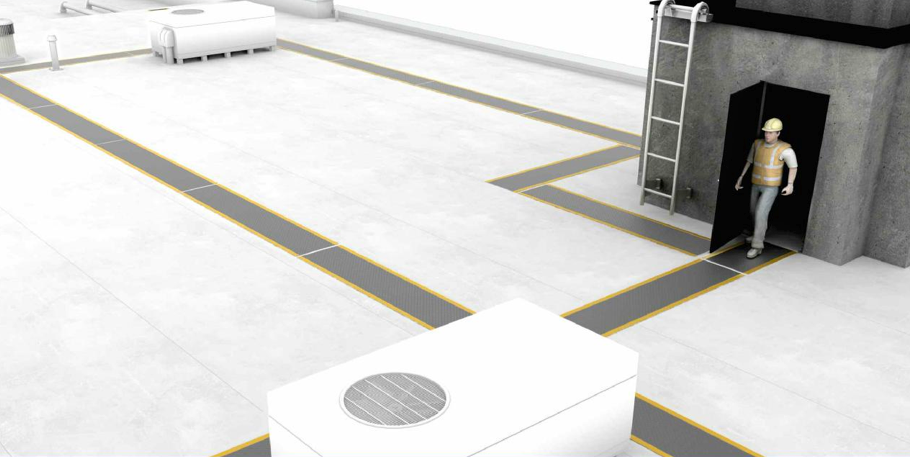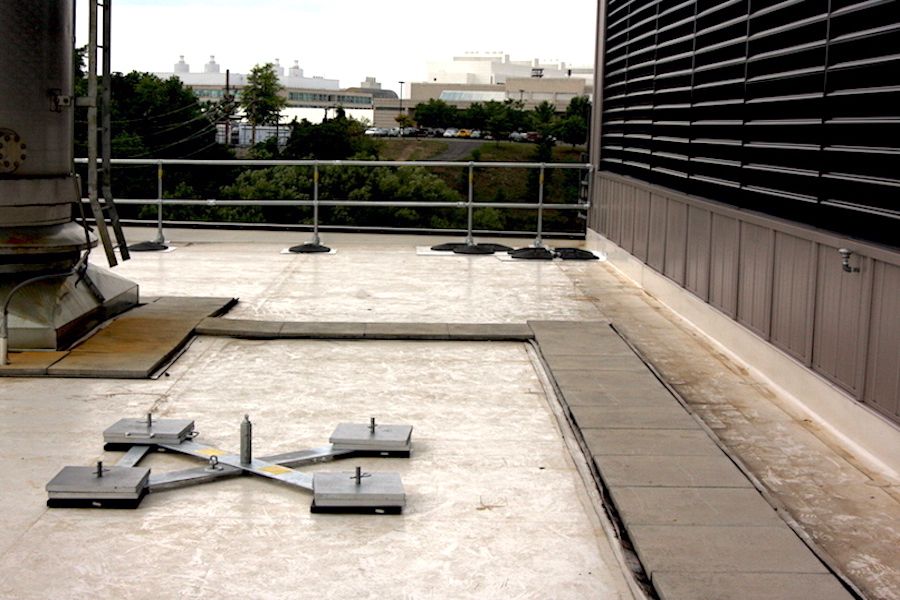If you find yourself pondering whether it’s safe to take a stroll on your TPO roof, you’re not alone. The question of whether it’s okay to walk on a TPO roof is a common concern among homeowners and building owners alike. Whether you’re looking to clean your roof, inspect it, or simply enjoy the view, this article will provide you with the clarity you need to confidently traverse your TPO roof.
Is it OK to walk on a TPO roof?

Understanding TPO roofs
TPO (Thermoplastic Olefin) roofs are becoming increasingly popular in the roofing industry due to their durability, energy efficiency, and cost-effectiveness. Designed to withstand extreme weather conditions and provide excellent protection against ultraviolet radiation, TPO roofs are commonly used in both residential and commercial buildings. However, before considering whether it’s okay to walk on a TPO roof, it’s important to have a good understanding of their structure and characteristics.
Factors to consider when walking on a TPO roof
Walking on any type of roof requires careful consideration, and TPO roofs are no exception. There are several factors that should be taken into account before venturing onto a TPO roof. These factors include the age and condition of the roof, the slope or pitch of the roof, weather conditions, and the purpose for which you need to access the roof. While TPO roofs are generally strong and durable, it’s essential to evaluate these factors to prevent any potential damage or accidents.

Potential risks of walking on a TPO roof
Walking on a TPO roof can pose certain risks if not done with proper caution and care. One of the most significant risks is causing damage to the roof membrane. TPO roofs can be punctured or torn by sharp objects, heavy foot traffic, or improper footwear. Additionally, walking on a TPO roof can increase the risk of slips, trips, and falls, especially if the roof is wet, icy, or has debris. It is crucial to be aware of these risks and take necessary precautions to minimize them.
Benefits of walking on a TPO roof
Although there are risks associated with walking on a TPO roof, there are also benefits to consider. Walking on the roof can allow for routine maintenance, inspections, and repairs. By accessing the roof, you can identify and address any potential issues such as leaks, damaged flashing, or clogged drainage systems. Regular roof maintenance can extend the lifespan of the TPO roof and prevent more significant problems down the line. Therefore, walking on a TPO roof, when done correctly, can contribute to its overall longevity and performance.

Manufacturer’s recommendations for walking on a TPO roof
To ensure the safety and integrity of the TPO roof, it is essential to follow the manufacturer’s recommendations regarding walking on the roof. Each TPO roofing system may have specific guidelines provided by the manufacturer, and it’s crucial to consult the documentation before proceeding. The manufacturer may suggest avoiding walking on the roof altogether or may provide instructions on acceptable methods for walking on the TPO membrane. It’s important to adhere to these recommendations to prevent any potential damage.
Best practices for walking on a TPO roof
To minimize the risks and protect the TPO roof, it’s crucial to follow best practices when walking on it. Here are a few key guidelines to consider:
-
Use proper footwear: When walking on a TPO roof, ensure you have appropriate footwear that provides good traction and grip. Avoid wearing shoes with heels, as they can cause damage to the roof membrane.
-
Distribute your weight: Walk on the roof with care and distribute your weight evenly to minimize the stress on any specific area. This can help prevent punctures or tears in the TPO membrane.
-
Be cautious of weather conditions: Avoid walking on a TPO roof during adverse weather conditions such as rain, snow, or strong winds. Wet or icy surfaces increase the risk of slips and accidents.
-
Use designated walkways: If available, use designated walkways or paths specifically designed for safe access to the TPO roof. These pathways are designed to distribute weight evenly and minimize the risk of damage.
When is it necessary to walk on a TPO roof?
Walking on a TPO roof should only be done when it is absolutely necessary. It is not recommended to use the roof as a recreational space or for unnecessary activities. Necessary instances may include routine maintenance, inspections, repairs, or other specific tasks that require access to the roof. Always evaluate whether alternative methods can be used before opting to walk on the TPO roof.
Alternative methods for accessing a TPO roof
In situations where walking on a TPO roof is not advisable, there are alternative methods available for accessing the roof safely. These methods include using ladders, scaffolding, or aerial lifts to reach the desired location on the roof. By utilizing these alternative methods, you can avoid potential damage to the TPO membrane and minimize the risks associated with walking directly on the roof surface.

What to do if damage occurs from walking on a TPO roof
In the unfortunate event that damage occurs while walking on a TPO roof, it is essential to take prompt action to mitigate any further issues. Document the damage by taking photographs and make note of any specific areas that require attention. Contact a professional roofing contractor experienced in working with TPO roofs to assess and repair the damage. Remember that addressing the damage promptly can prevent more significant problems and extend the life of the roof.
Conclusion
In conclusion, walking on a TPO roof can be okay if done with caution, consideration, and adherence to the manufacturer’s recommendations. Understanding the factors to consider, potential risks, and best practices for walking on a TPO roof is crucial to protect the roof’s integrity and prevent accidents. However, if possible, alternative methods for accessing the roof should be used to minimize risks and potential damage. By following these guidelines and seeking professional assistance when needed, you can safely maintain and care for your TPO roof for years to come.
